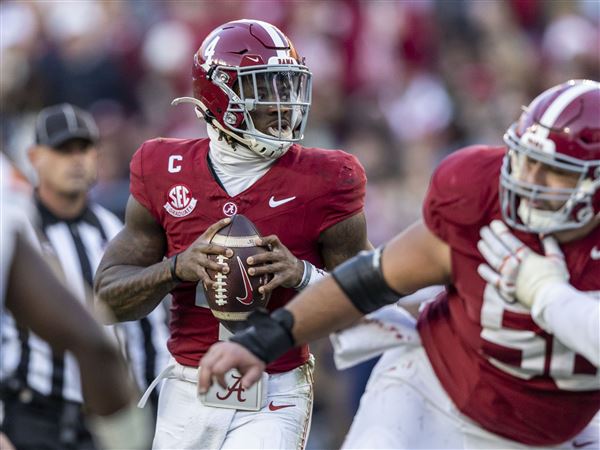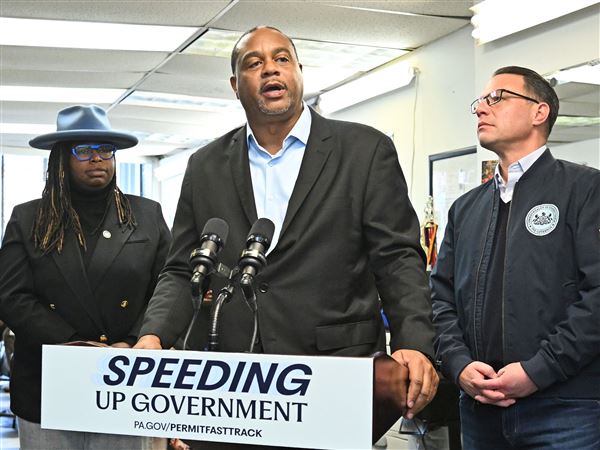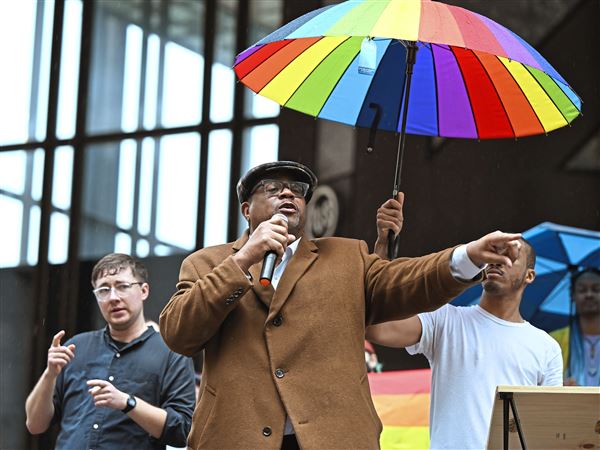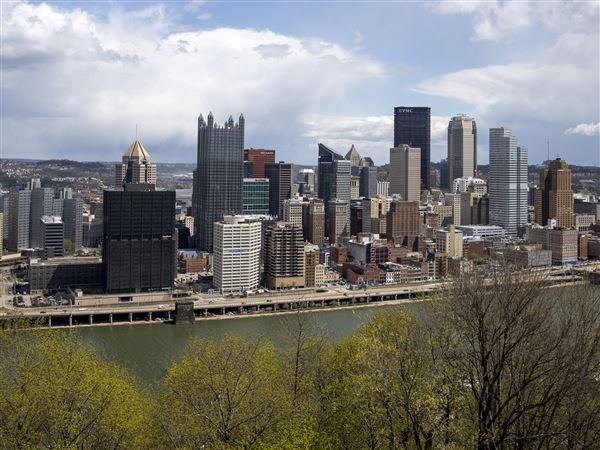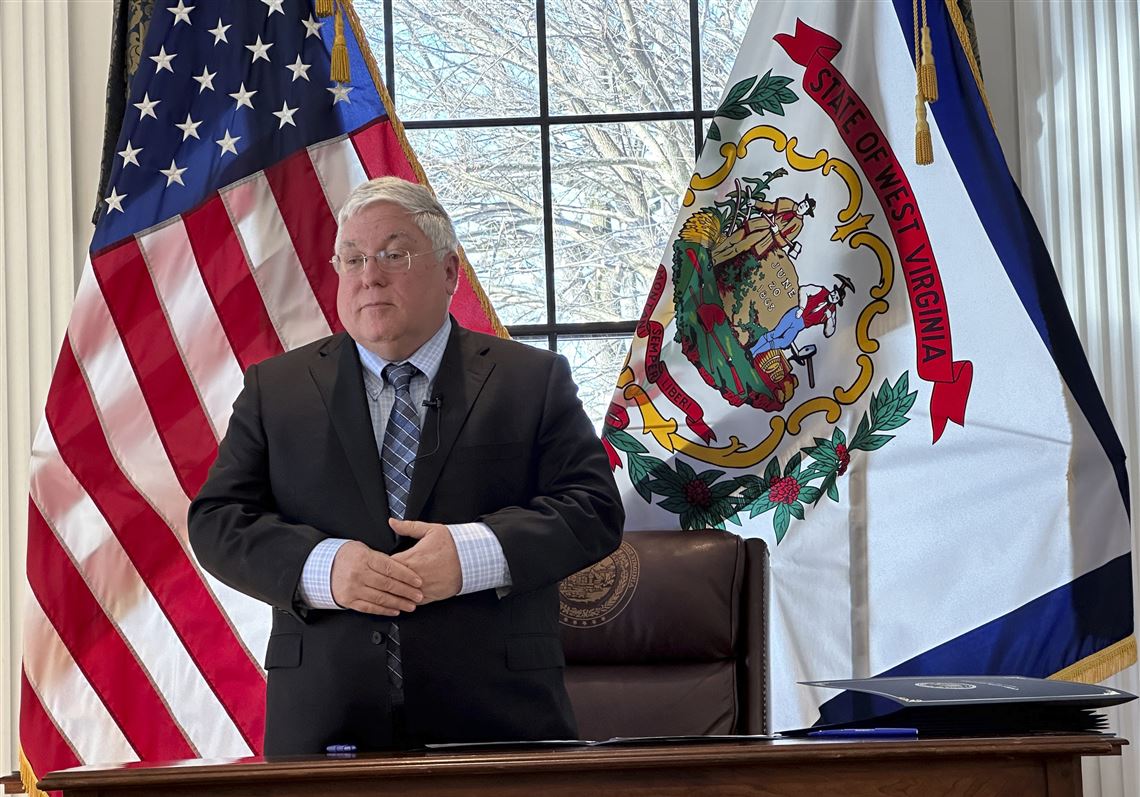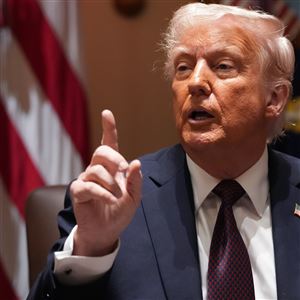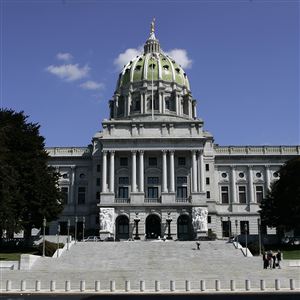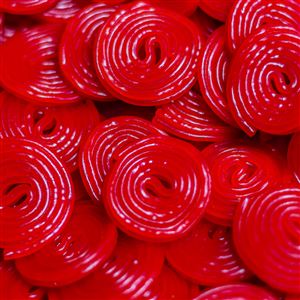West Virginia became the first state in the country to ban a slate of food dyes Monday, crediting the Make America Healthy Again movement championed by Robert F. Kennedy Jr.
“West Virginia ranks at the bottom of many public health metrics, which is why there’s no better place to lead the Make America Healthy Again mission,” said Gov. Patrick Morrisey in a statement released after he signed the bill. “By eliminating harmful chemicals from our food, we’re taking steps toward improving the health of our residents and protecting our children from significant long-term health and learning challenges. Thank you to the Legislature, HHS Secretary Robert Kennedy, and the entire Trump Administration for helping us launch this movement right here in West Virginia.”
The bill would take effect Aug. 1 of this year to remove seven food dyes from meals as part of school nutrition programs in the state. On Jan. 1, 2028, the ban will apply to all drugs and food items sold throughout West Virginia.
The ban applies to food dyes Red Dye No. 3, Red Dye No. 40, Yellow Dye No. 5, Yellow Dye No. 6, Blue Dye No. 1, Blue Dye No. 2 and Green Dye No. 3, as well as the preservatives butylated hydroxyanisole and propylparaben.
The bill was opposed vigorously by the food and beverage industry on the grounds that it would outlaw about 60% of items currently sold in West Virginia grocery stores, from canned peas to children’s ibuprofen.
“This unprecedented prohibition on food and beverages will disrupt the lives of families and businesses across the state by driving up food prices, emptying grocery store shelves, and crippling the state’s food and beverage sector,” national lobbying group Americans for Food and Beverage Choice said in a statement. The group also challenged the health claims against food dyes that fueled the bill, saying that “this hastily enacted law was predicated on half-truths, misrepresentations, and wild assertions that collapse under scrutiny.”
West Virginia state senator Jason Barrett, who introduced one of the bills that eventually became West Virginia’s food dye law, dismissed the 60% figure as a threat. Mr. Barrett, R-Berkeley, said he believes that major manufacturers will reformulate their products to eliminate synthetic dyes before the statewide ban takes effect in 2028. And if the products don’t change, he said, they shouldn’t be sold in West Virginia.
“Frankly, if they can’t figure out a way to make this in a safe manner and need to pull it off the shelves, great, get that trash off the shelves,” he said. “That’s what we want to do anyway.”
The ban in West Virginia follows action in other states and the federal government restricting food dyes, or attempting to do so. The U.S. Food and Drug Administration banned Red Dye No. 3 in January, citing studies that it can cause cancer in rats, though it maintains that other dyes are safe. Last year, California banned artificial food dyes from school meals, citing concerns about the dyes’ effect on hyperactivity in children. Legislatures in about 20 states have introduced bills this year to regulate food dyes.
In Pennsylvania, a bipartisan group of legislators is planning to introduce a set of bills on food safety — one of which would ban six food dyes from school meals.
“We’ve got a lot of positive feedback from MAHA moms in West Virginia and all over the country — the MAHA movement really helped get the bill passed in West Virginia,” said Mr. Barrett. “I would really call on legislators all over the country to look at what we did in West Virginia. If a small state like West Virginia can do it, certainly I believe that other states are able to do it as well.”
First Published: March 25, 2025, 2:45 p.m.
Updated: March 26, 2025, 1:09 p.m.
